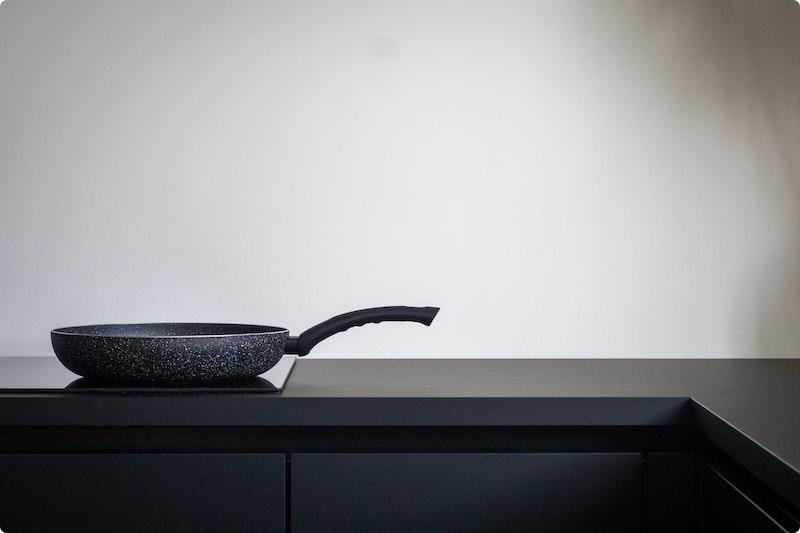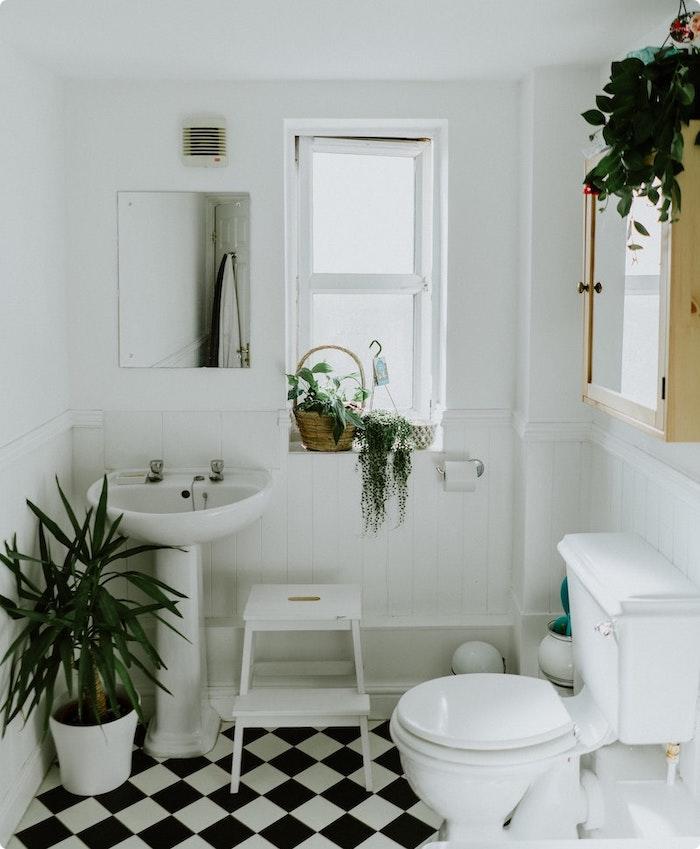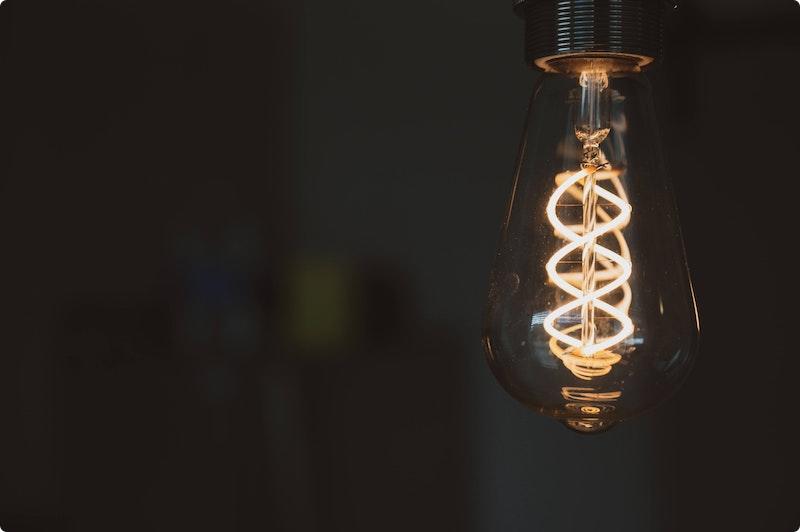In these particular times of exponential inflation and increase in prices of raw materials, we are more than ever exposed to inflated energy bills. Now is a good time to have a look at what your appliances consume.
According to the Energy Saving Trust, dishwashers, washing machines and tumble dryers account for 14% of the energy bill of a typical household, while refrigerators and freezers account for around 13% of said bill, and kitchen appliances (hob, oven, kettle and microwave) for 4%.
If you add lighting to that, you get 36%. This is how much your home appliances represent in your monthly energy bill. Now imagine how much you could save if all of these appliances were more energy efficient.
In this article, we will talk about energy efficiency labels (you can find them on most home appliances today), and we will go room by room to help you understand why it’s so important to change some of your older appliances for newer and more energy-efficient models.
Where should I start?
If you want to increase the energy efficiency of your home, of course you should start thinking about better home insulation or replacing a heating source (or water heating source).
But what you may not think of is to check how energy efficient your current home appliances are. If they are pretty recent, you’ll be able to find their energy efficiency label.
Knowing how they work will also be useful to you if buying new appliances, so you can make sure they are as energy efficient as possible.
What are the new energy efficiency labels?
One important thing to note is that energy efficiency labels have changed to become more effective. The former labels were introduced 25 years ago and therefore the calibration for energy efficiency was no longer up to date. Most appliances were listed as having top ratings, without actually having top energy efficiency!
The new rating has a simpler and more useful range: all products are rated from A to G, A being the most efficient and G the least.
How do energy efficiency labels work?
There are seven types of energy efficiency labels in the UK.
These include refrigerators and freezers, wine storage refrigerators, washing machines, washer-dryers, dishwashers, TVs and electronic displays, and light sources.
You can recognise them by the ‘ENERGY’ sign and UK flag at the top.
They are divided into four parts:
- The first part shows the supplier’s name and model identifier
- The second part shows the actual energy efficiency rating (from A to G)
- The third part shows its energy consumption in kWh/annum
- The last part shows specific information according to the appliance type
Find out more on the Energy Label 2020’s website. Here is an example for washing machines and freezers below.

What about changing my appliances?
You may get to a point where changing your appliances to more energy efficient ones will actually cost you less than paying the extra energy costs for the ones you currently have.
In this case there are several things you need to look out for. First of all, pick the most energy efficient ones according to their energy efficiency labels.
Should I be concerned about appliance size?
Yes, you should consider the size you actually need. A bigger refrigerator or washing machine will obviously be more energy intensive, so maybe think about buying smaller appliances.
Size and energy efficiency may be trickier than you think. For example, two freezers with the same energy efficiency rating may actually not have the same energy consumption, if one is much bigger than the other for example. You should really take a close look at the label on your freezer to check its energy consumption before buying a new one.
How to choose energy efficient kitchen appliances?
Here is a list of the most energy efficient kitchen appliances you can buy.
Hobs
Try getting electric hobs rather than gas cookers, you’ll save on your overall energy bills, especially at the moment! And bear in mind that induction hobs use energy more efficiently than either a gas hob or electric ceramic hob.

Microwaves
You should consider cooking your food in the microwave rather than in the oven more often. Microwaves only heat your food and not the rest of the oven, which saves on energy!
Ovens
If you do decide to go for an oven, check its level of insulation. A good oven is one with a double-glazed or triple-glazed door: your food will cook faster and the heat won’t escape as easily.
Dishwashers
They’re probably the kitchen appliances that cost you the most. To make savings, look for dishwashers that save on water and that have an ‘eco’ mode. Or just wash up by hand, it’s a good way to relax after a long day at work :-)

Refrigerators and freezers
As discussed above, smaller appliances will consume less energy, so think carefully about what size refrigerator or freezer you need.
Kettles
You can usually find which ones are energy efficient if they have the mention ‘eco’. This means that they only use the amount of energy necessary to boil the water you need, and not a fixed amount of energy for any water quantity. This will help make considerable savings.
What energy efficient laundry appliances should I buy?
Doing your laundry is one of the most energy intensive things you can do at home. Here are a few tips for making the most out of your money when buying laundry appliances.
Washing machine
As already mentioned, look for the actual size you need. If you live alone, there probably isn’t any need for a high-capacity washing machine, you’ll pay more on bills. Also look out for their energy efficiency rating.
Tumble dryer
Washing your clothes outside or on a drying rack is the best way to save, as tumble dryers consume a lot of energy. However, if you absolutely need one, look out for smaller and better energy efficiency ranked ones.
What energy efficient bathroom appliances should I buy?
You might not think of this straight away, but bathroom appliances are also very important in making your home more energy efficient. Here are a few tips on buying your bathroom appliances.
Toilets
Look out for high-efficiency toilets, sometimes called eco-friendly toilets. You won’t get an energy efficiency label for them, so you’ll have to compare their specifications.
Toilet flushing accounts for about a third of a household's water usage. Saving on water flushes looks like a good way of saving money.

Fittings
They can also be life-savers in terms of water consumption. Older taps can consume an average of 15 litres of water per minute, while a low-flow model may use as little as 2 litres per minute, or a third of a standard tap. Try looking for low-flow showerheads and low-flow taps when buying. You’ll make considerable water savings.
Insulation
Insulating hot water pipes can also contribute to saving energy. A foam tube can be added to the pipes between the boiler and the hot water tank to ensure water stays hotter for longer and less heat is lost.
Correctly insulating bathroom walls as part of your overall home insulation system is also essential - as is a ventilation system. This will help reduce heat loss and prevent mould.
Are my lighting appliances energy efficient?
Lighting makes up 11% of the average UK household electricity consumption, so making the switch could help you save money too.
Traditional incandescent lights are highly inefficient. Although compact fluorescent lights are more efficient, they have now been replaced by LEDs. Find out here just how much money could be saved by switching incandescent bulbs to LEDs.
LEDs will give you higher light output, longevity and energy savings than any other lighting appliances on sale.

What about energy efficient heating?
Heating can easily amount to half of your household energy budget, and maybe more in the months to come. That’s why it’s very important to invest in an energy-efficient heating system.
Look for an HVAC professional in your area on Yell (or another directory), and ask for a heat load calculation for your home.
They will then be able to help you find what personalised high-efficiency heating appliances you need for your home. These could include air-source heat pumps and geothermal heat pumps.
Any tips for saving on my existing appliances ?
Max out your loads
Half-loading your washing machine, tumble dryer and dishwasher is an awful waste of energy. Even if most of them weigh the clothes or dishes you have, you’re still wasting considerable amounts of water and electricity.
Try waiting until you have a full load to wash your clothes and dishes!
Dial down the degrees on your clothes wash
Lowering the thermostat when washing your clothes is the best way to save on your energy bills, on top of improving the longevity of your clothes.
The European Union has even released a campaign listing all of the advantages of washing your clothes at 30 degrees. You can find more information here, it’s worth a look!
Hang your clothes out to dry
More efficient than a tumble dryer, using a clothes rack is the best way to save energy consumption when drying laundry.
Clean and defrost your fridge and freezer
Regularly cleaning your fridge (particularly the back coils) and defrosting it will help keep it energy efficient and will stop you from wasting energy unnecessarily.
Invest in a smart metre
Smart metres are electronic devices that measure your electrical consumption, voltage levels, and power factor. They can then directly send information to your supplier and adjust energy usage in your home. If you’re interested, start looking on your supplier’s website. Here’s an example from EDF Energy.
What should I do with my old appliances?
You can’t bin home appliances just like that. Luckily enough, retailers are obliged by law to take back your old appliances for free if you want them to.
All you need to do is ask. Alternatively, you can dispose of your old appliances at the closest recycle point, or even sell them second-hand websites such as Gumtree or Ebay.
To sum it up
Now you know all about home appliances and how to check how energy efficient they are.
It certainly doesn’t mean that you have to go and change all of your old appliances. But now you know what to look for when you need to replace a faulty tap, freezer or washing machine while improving your home's energy efficiency.
Maybe you could start by substituting all of your bulbs with LEDs? That’s an easy one!
And if you want to further improve your energy efficiency, you can also check the available grants in the UK here.

























